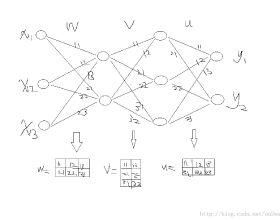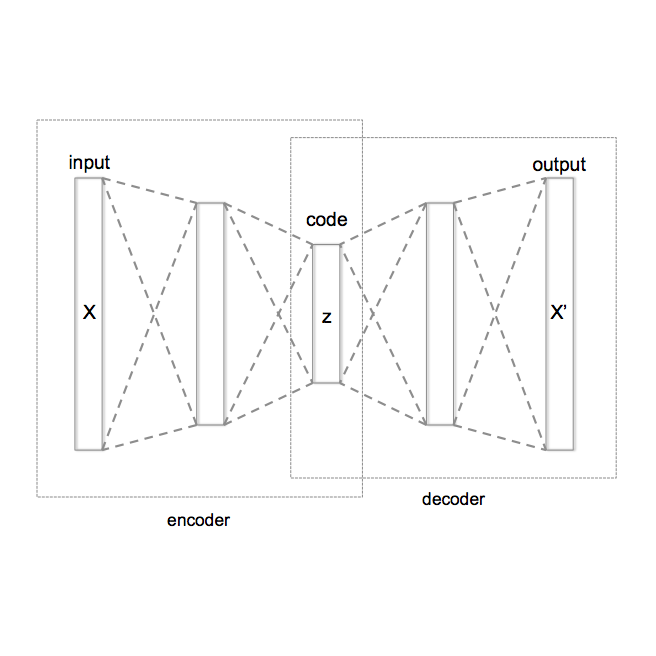Semi-supervised learning algorithms in neural machine translation (NMT) have significantly improved translation quality compared to the supervised learning algorithms by using additional monolingual corpora. Among them, back-translation is a theoretically well-structured and cutting-edge method. Given two pre-trained NMT models between source and target languages, one translates a monolingual sentence as a latent sentence, and the other reconstructs the monolingual input sentence given the latent sentence. Therefore, previous works tried to apply the variational auto-encoder's (VAE) training framework to the back-translation framework. However, the discrete property of the latent sentence made it impossible to use backpropagation in the framework. This paper proposes a categorical reparameterization trick that generates a differentiable sentence, with which we practically implement the VAE's training framework for the back-translation and train it by end-to-end backpropagation. In addition, we propose several regularization techniques that are especially advantageous to this framework. In our experiments, we demonstrate that our method makes backpropagation available through the latent sentences and improves the BLEU scores on the datasets of the WMT18 translation task.
翻译:神经机翻译( NMT) 中半监督的学习算法与监督的学习算法相比,大大提高了翻译质量,使用了额外的单语翻译。 其中包括, 后翻译是一种理论上结构完善的尖端方法。 鉴于源语言和目标语言之间有两种经过预先训练的NMT模型, 一种将单语句翻译为潜在句子, 而另一种则将单语输入句重建为潜在句子。 因此, 先前的工程试图将变式自动编码器( VAE) 培训框架应用到后翻译框架。 但是, 潜在句子的单独属性使得无法在框架中使用反向表达。 本文建议了一种绝对的重新校正法, 产生一种截然不同的句子, 我们实际上执行 VAE 的回译培训框架, 并通过端到端的反向表达法来训练它。 此外, 我们提出了几种特别有利于这个框架的正规化技术。 在我们的实验中, 我们的方法通过隐性句子翻译, 并改进了 BLEU 收分数任务的数据设置 。




